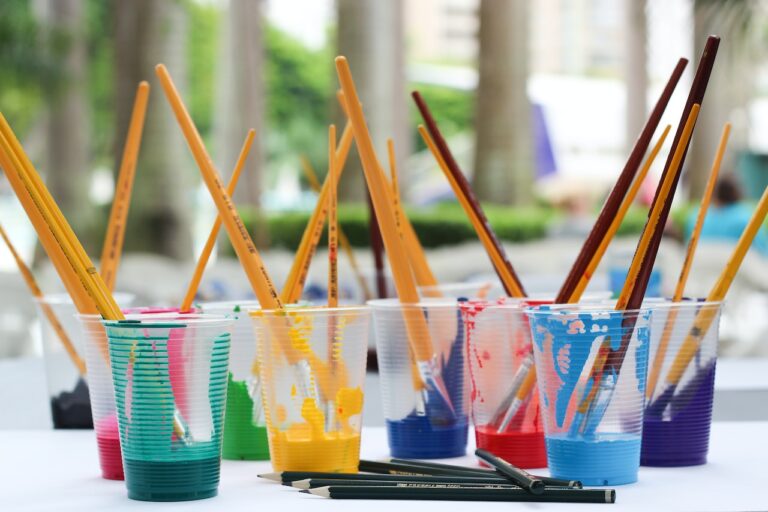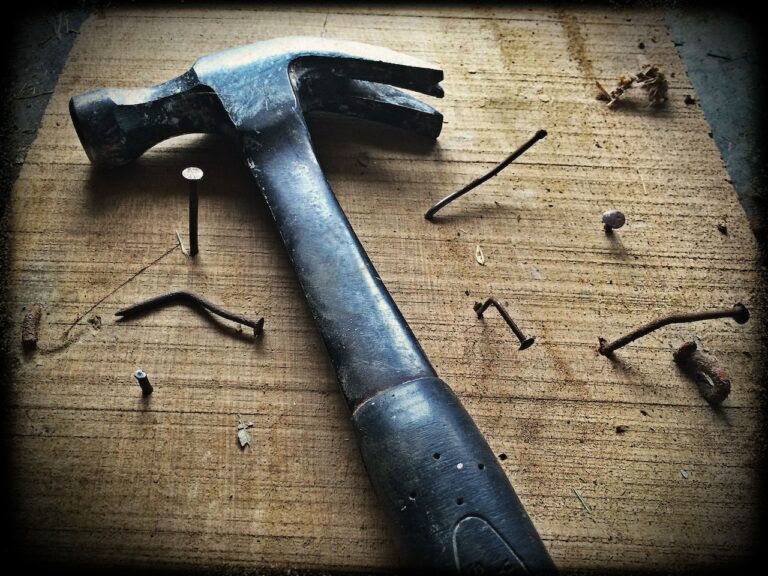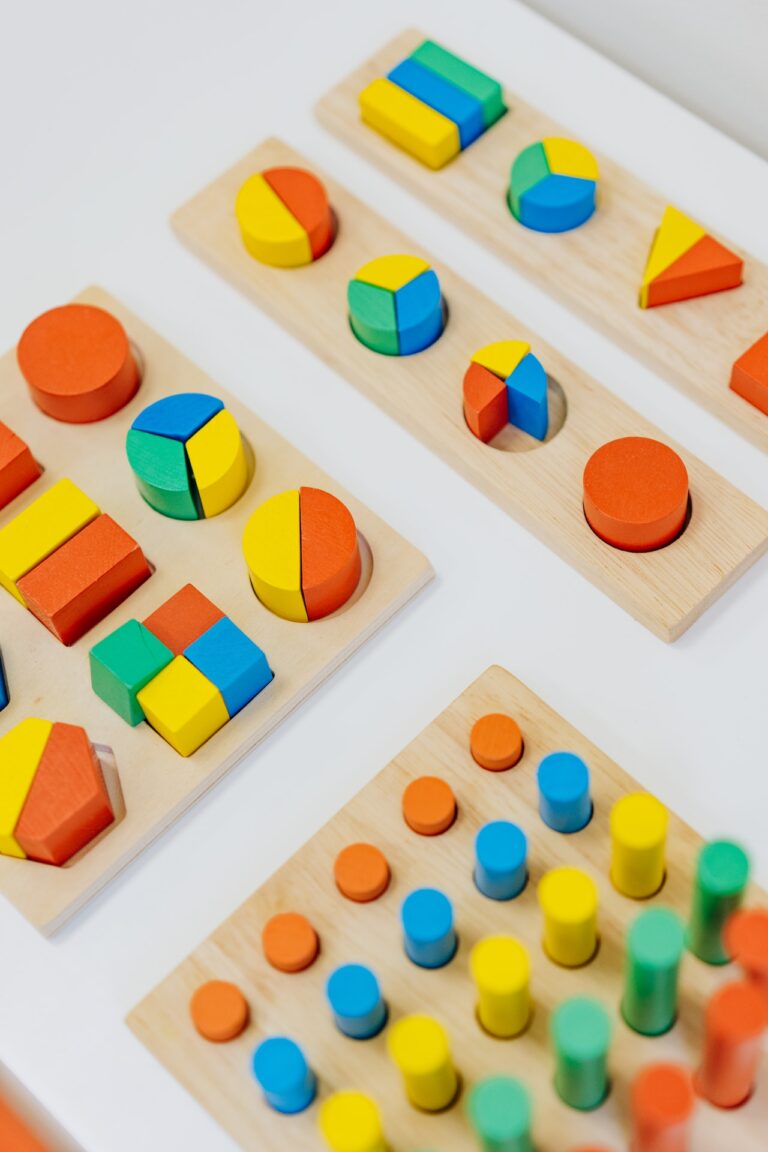Purpose of Study
Art, craft and design embody some of the highest forms of human creativity. A high quality art and design education should engage, inspire and challenge pupils, equipping them with the knowledge and skills to experiment, invent and create their own works of art, craft and design. Pupils should be able to think critically and develop a rigorous understanding of art and design. They should know how art and design reflect and shape our history and contribute to the culture, creativity and wealth of our nation.
Who is the Carville Artist?
The Carville Artist is proficient in using a wide range of media and materials to create their own artworks and through explorative and experiential lessons, master a range of skills and techniques from process to product. Pupils will have the opportunity to develop their curiosity through: practical experiences, specialised Arts and culture advisors and working with arts and culture venues within the local community to further develop their knowledge and understanding of art and design.
The Carville Artist can evaluate and analyse other artists’ work (including those that have shaped and influenced Britain and the wider world) and can use this to develop their own personal style. They can confidently critique art and design works using appropriate artistic language and understand the cultural and historical development of different art forms. We recognise that the vast majority of children at Carville have little to no experiences of visiting and engaging in arts and culture venues, exhibitions and activities. Due to this lack of experiences, they have sensory responses to creative resources. Carville children are very curious but can sometimes lack the resilience to “stick with” activities and learning when it becomes challenging, or when reality does not meet expectation. Carville children however, are very creative and resourceful and through the Sonar and Carville enrichment curriculum, we aim to develop their cultural capital and aspirations to further support the development of the whole child.
Carville Curriculum Rationale
- Purposeful, engaging learning opportunities encourage artistic development;
- Objectives across all strands revisited and embedded within and across year groups and key stages to ensure cumulative fluency.
- Cross curricular skills will be developed through the use of carefully designed lessons and use of high quality resources.
- Repeated exposure to a wide range of media and materials to allow for mastery of techniques over time;
- Lessons develop in small steps, pupils are able to access resources and learning and make progress, regardless of their individual needs.
- Connections are made across a range of suitable subject areas, the wider world and the community, where applicable to broaden children’s cultural capital and encourage their engagements with Arts and Culture.
- To give our children more access to creative resources KS1 have adopted an EYFS approach, having creative areas in classrooms to allow children to continue their exploration of media and materials.
- Aspirations are developed and raised through exposing pupils to a range of experiences through the use of links with the community, specialised visitors and focused subject weeks.
- Subject specific vocabulary is introduced, modelled and used regularly by pupils and adults in Art and literacy lessons. Vocabulary is regularly recalled and practised through the use of display on working walls and in creative areas.
- Children are explicitly taught about Arts and Culture careers to broaden their horizons, develop their ambition for the future and to provide a real life purpose for their learning.
- Deliberate focus on influential artists, craft makers and designers to ensure exposure to the highest-quality arts and crafts.








